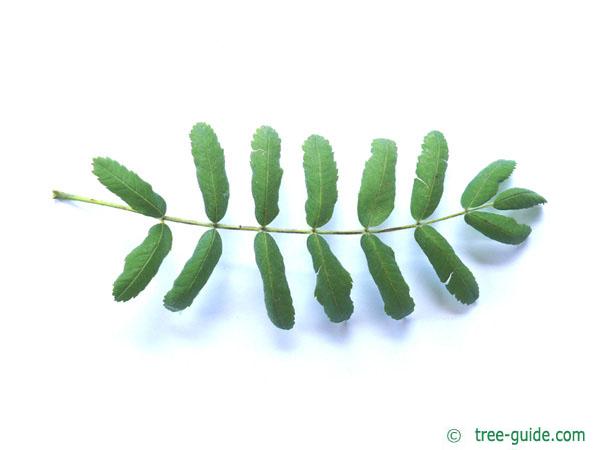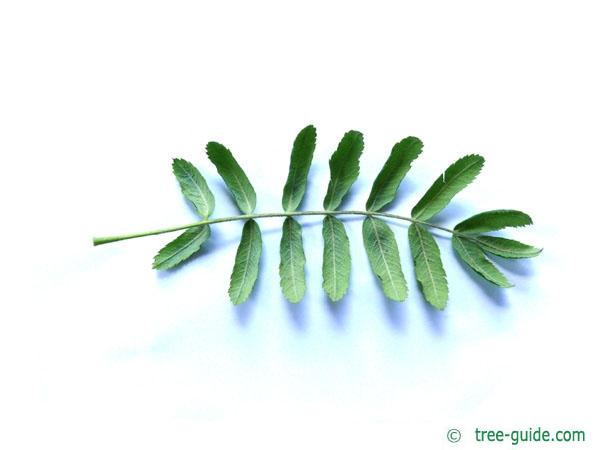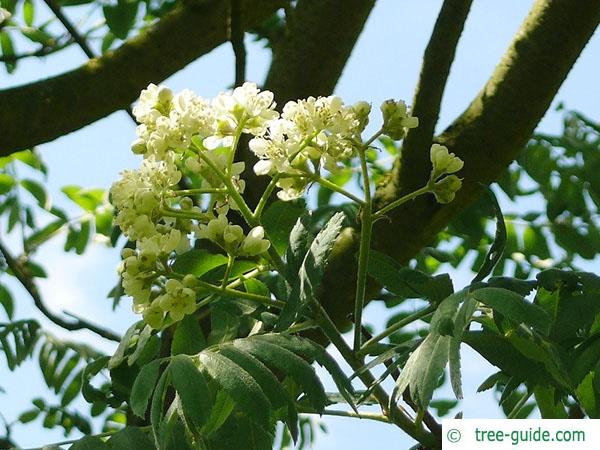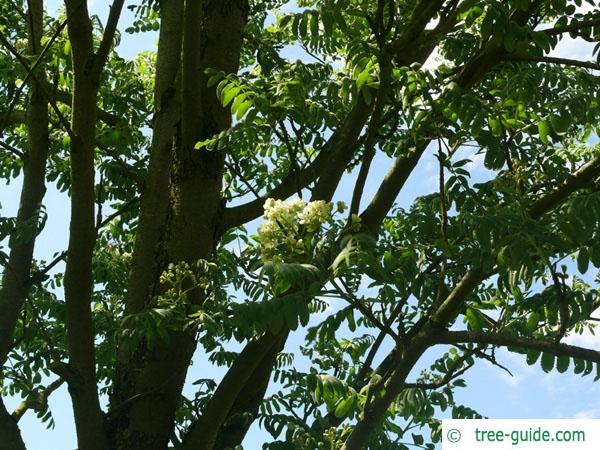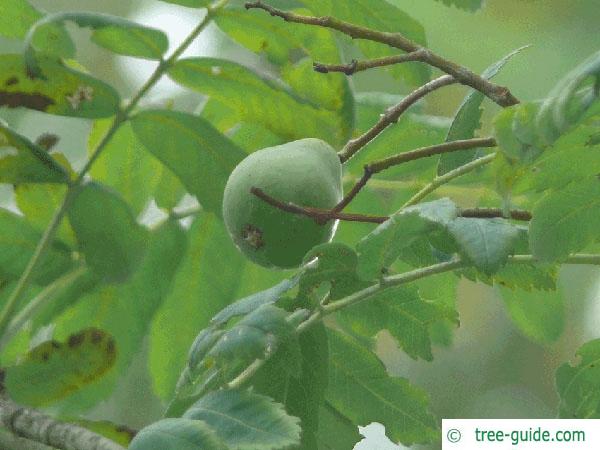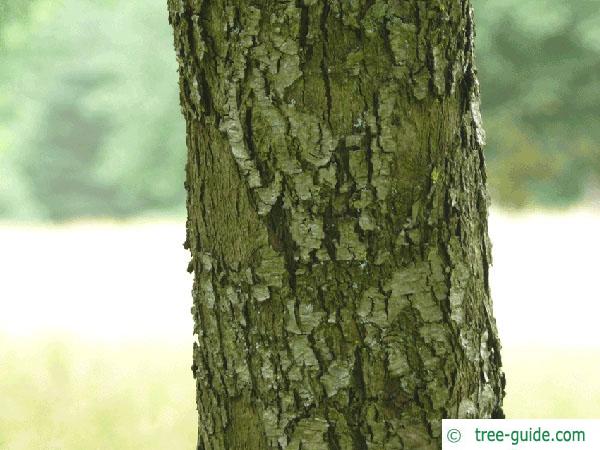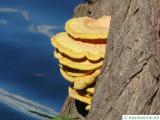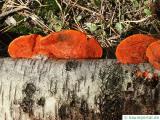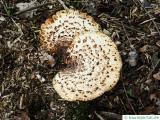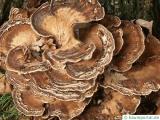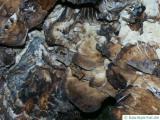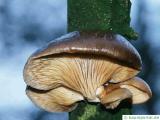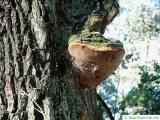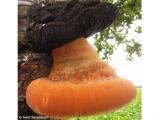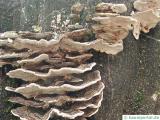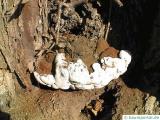Basisdaten
The Service tree is native to a region of North Africa via Europe to the Caucasus. The fruits are edible cooked as jelly or compote. The wood is used in instrument making. The tree is found rarely, but it can be over 500 years old.
Tree profile
The leaves of True Service tree are odd-pinnate with fine leaflets. The leaves are up to 25 cm (9.8 in) long with 13 – 21 serrated leaflets. The single leafs are 3 – 6 cm (1.2 – 2.4 in) long.
The white flowers form luscious cymes. The fragrance is unpleasant.
The fruit is apple to pear-shaped, brownish and reddish on the sunny side.
The branches are first gray-tomentose, later glabrous and red-brown. The buds are green, oblong ovate and pointed.
single tree or planting in groups, landscape wood







